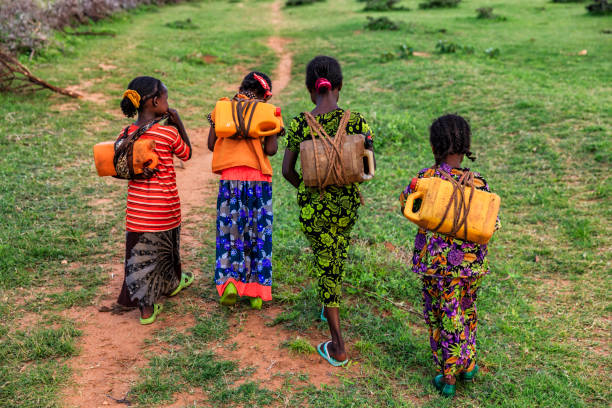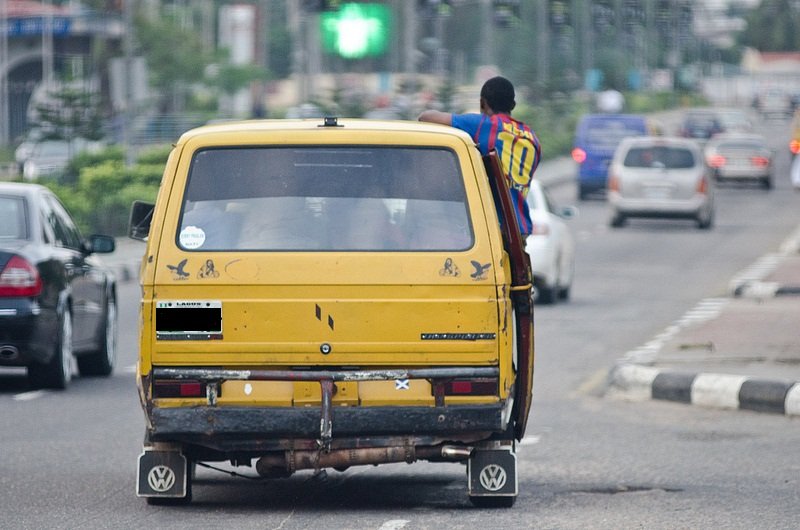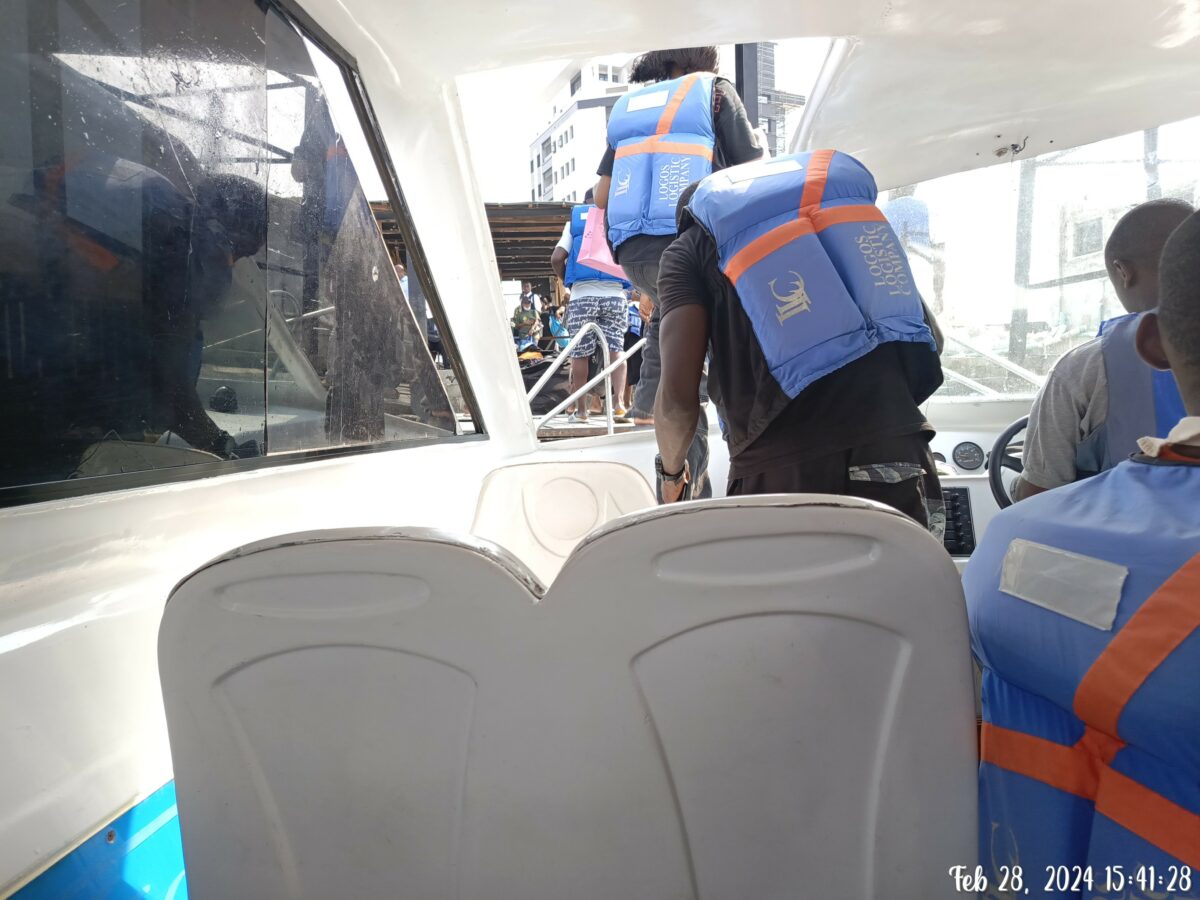A report has shown that about 14 million Nigerian children are involved in daily hazardous work in order to earn a living.
According to a report published by the National Bureau of Statistics (NBS) on Thursday, most of the children involved in this hazardous work are from rural areas across the country.
The NBS stated that child labour refers to work for which children are either too young or that may be physically or psychologically injurious to their wealth and well being.
READ ALSO: 3 Weeks After Receiving FOI Request, NIPOST Has Not Responded
The report revealed that 14,390,353 (22.9%) children who are between the ages of 5 and 14 are involved in the hazardous type of work. More than that number, 26,473,485 (39.2%) children, are involved in child labour, while an overall of 31,756,302 young ones (50.5%) are involved in economic activities.
It also stated that 94 percent of these children between the ages of 5 and 17 are involved in own-use production of goods (including collecting firewood and fetching water), 24 percent are employed, while 11 percent form underpaid trainee work.
The report further stated that some of these children work for an average of 14.6 hours per week, some 24.6 hours, while the least timeframe is 9.8 hours.
“In the 5-17 age group, children in child labour spend an average of 14.6 hours per week working. Older children in child labour spend on average more time per week at work than younger children. Children aged 15-17 years old in child labour spend an average of 24.6 hours per week working compared to 19.4 hours for children aged 12-14 years old and 9.8 hours for children aged 5-11 years old,” the NBS said.
“Children in child labour who live in rural areas spend 2.3 more hours working on average than children in child labour who live in urban areas. Boys in child labour spend more time working per week on average than girls in child labour. However, it should be noted that these estimates do not include time spent performing household chores.”
Across the six geopolitical zones in the country, the north-west has the highest number of children in child labour and hazardous work, while the south-east has the highest prevalence of children involved in child labour, according to the report.
READ ALSO: Gov’t Starts Sanding Landmark Beach
“The north-west geopolitical zone has the highest number of children in child labour (6,407,102) and in hazardous work (3,266,728). However, in terms of the percentage of children in child labour and hazardous work, the South-East region has the highest prevalence of children involved in child labour (49.9%),” the report stated.
The NBS stated that the survey was conducted for the Nigerian child labour and forced labour for 2022.
Subscribe
Be the first to receive special investigative reports and features in your inbox.















